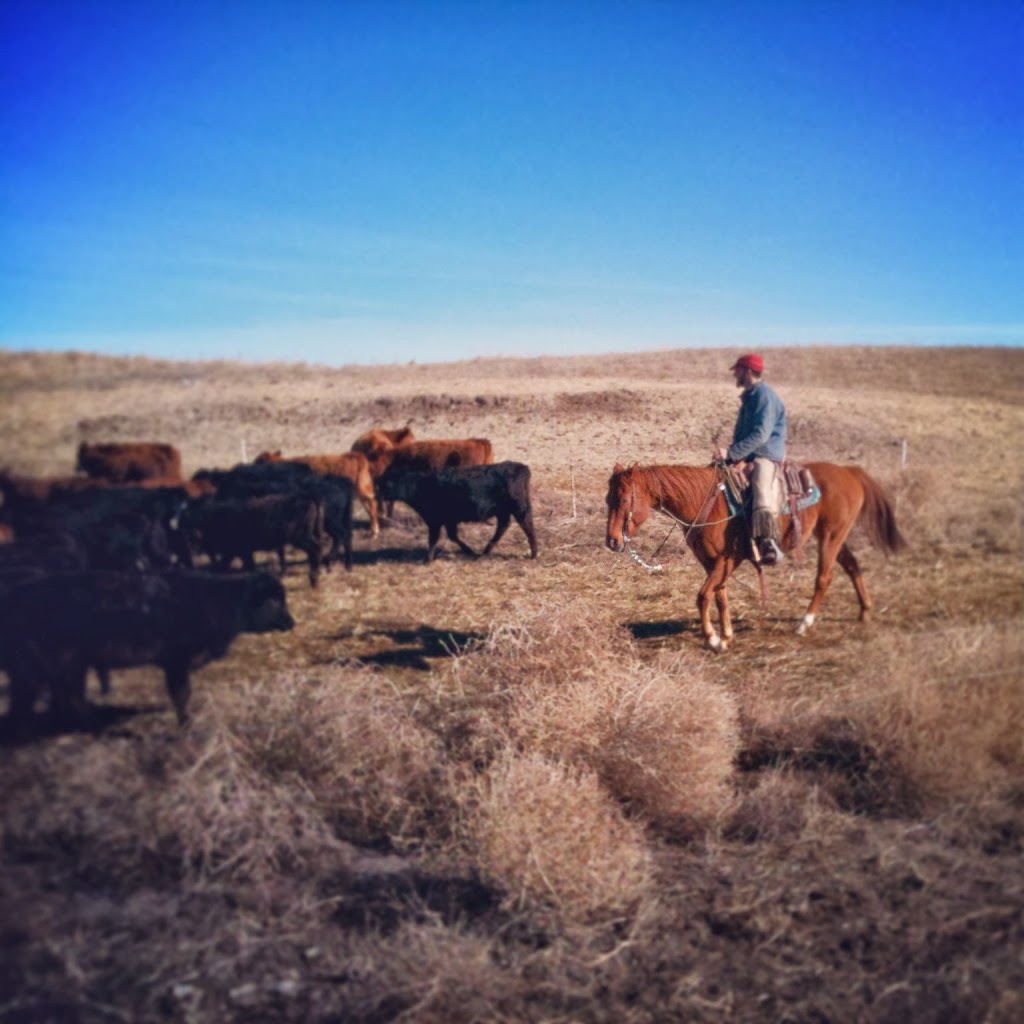Five months ago, I went from working full-time at the feed yard to being a part time ranch hand and full-time stay-at-home-mom. I went from working on a crew with thirteen other people to working on a crew of one other adult, two kids, seven dogs, and a few horses. I went from living four miles from a grocery store to living 40 miles from a grocery store. It was a BIG change with a lot of scary unknowns.
Deep down I knew the decision to stay home was the right one, but it was still overwhelming. I didn’t know how we were going to make it on only one income or how to keep the cupboards stocked being so far from a grocery store. I wasn’t sure how my kids would handle not having daily interaction with other kids or how I would handle limited social interaction with other adults. I was scared my relationship with my husband would struggle being together 24/7. I was scared and stressed – plain and simple.
Fortunately, I had excellent teachers who helped ease the stress and fear I was experiencing. I learned money saving tips, from couponing to cloth diapering, from experienced stay-at-home-moms. Fellow ranch wives gave me advice on working with my spouse and understanding his sign language. I received prayers and support from family and friends, reassuring me that my decision was the best thing for myself, my husband, and our kids.
 |
| Tom acclimating the heifers. He is reading their body language, and responding to what they are telling him. |
The other day while acclimating the heifers to their new pasture, I realized that what we do for the heifers, is similar to what family and friends did for me to make me feel comfortable in my new role. Cattle are prey animals which means the unknown is often extremely scary and stressful. To express fear or stress, cattle will face what they fear with ears forward and head up, quickly run away, or circle aimlessly. Cattle do not understand words, so to calm and reassure them, we use body language. Positioning, pressure and, more importantly, release are all techniques we use to communicate and let them know they are safe.
Acclimating cattle is not a once and done type of lesson, it is a continuing education program. Each time the cattle move to a new pasture, we settle them into their surroundings. The ongoing process builds confidence, and before you know it moving becomes a positive, acclimation takes less time, and you have happier, healthier cattle.
Change is stressful, the unknown is scary. But, it is only scary and stressful until you get acclimated; then it might just be the best thing for you!

 Hello! I’m Terryn – the wife, mother, food safety enthusiast, Stormy Kromer fanatic who has slightly (okay, a lot) random tendencies, dabbles in photography, and shares (maybe a little too much) here at FFB.
Hello! I’m Terryn – the wife, mother, food safety enthusiast, Stormy Kromer fanatic who has slightly (okay, a lot) random tendencies, dabbles in photography, and shares (maybe a little too much) here at FFB.